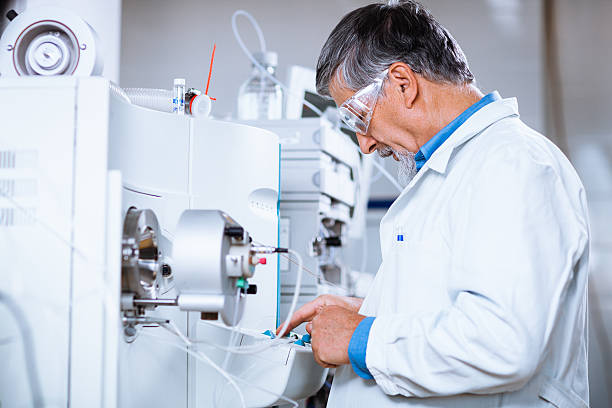Total Xylenes

Total xylene is a liquid, it can easily leak into soil, surface water or groundwater. Safe Home offers a few kits that provide drinking water testing for total xylenes in city and well water supplies.
Parameter Type: Drinking Water Testing for Volatiles
Parameter Name: Total Xylenes
What it is and Where it Comes From:
Xylene is a colorless liquid that had a sweet odor. Xylene is flammable and practically insoluble. Xylene is primarily a synthetic chemical; however, it can occur naturally in petroleum, coal tar, and during forest fires. There are three forms of xylene: meta-xylene, ortho-xylene and para-xylene. These different forms are known as isomers. Collectively, these three isomers of xylene are known as total xylenes. Xylene is primarily used as a solvent (a liquid that can dissolve other substances), particularly in the printing, rubber and leather industries. Xylene is also used as cleaning agent, paint thinner and remover, varnish, airplane fuel, gasoline, shellac, rust preventatives, pesticides, and lacquers. Xylene is a liquid, it can easily leak into soil, surface water or groundwater. Xylene can enter soil, water or air in large amounts after spills or as a result of a leak during storage or burial at a waste site. Xylene evaporates quickly, meaning that most xylene that gets into soil or water is released into the air and broken down by sunlight and less harmful chemicals within a couple of days. However, if xylene make its way down into underground water, it may remain for several months before being broken down. Drinking water testing gives you several benefits like peace of mind, identifying contaminants in your water, and insight into health concerns. Safe Home offers Laboratory drinking water testing kits for total xylenes, allowing you to collect your water sample and ship it directly to our EPA-Certified Laboratory. This platform of drinking water testing for total xylenes will give you an accurate level based on the lowest level of a parameter our instruments can detect (Method Detection Level). Safe Home drinking water testing for volatiles can be used for city and well water supplies. Drinking water testing should be done any time you notice a significant change in your water quality.
Health Effects:
The nervous system, respiratory system, cardiovascular system, and kidneys are primarily affected by exposure to xylene. Effects can include labored breathing, impaired pulmonary function, increased heart palpitation, severe chest pain, accumulation of fluid in lungs, respiratory depression or arrest, and ventricular arrhythmias. Symptoms of Xylene exposure include eye irritation, headaches, dizziness, fatigue, tremors, incoordination, nausea, vomiting, stomach discomfort, impaired short-term memory, impaired reaction time, alterations in equilibrium, anxiety, inability to concentrate, lack of muscle coordination, death, coma, impaired vision, paralysis, and skin irritation
Solutions to Contaminant Levels:
What are the next steps after drinking water testing? A filter with granular activated carbon (GAC) is a proven option to remove certain chemicals, particularly organic chemicals, from water. GAC filters also can be used to remove chemicals that give objectionable odors or tastes to water such as hydrogen sulfide (rotten eggs odor) or chlorine. Reverse osmosis is a process that removes foreign contaminants, solid substances, large molecules, and minerals from water by using pressure to push it through specialized membranes. Here’s how reverse osmosis works. Unlike osmosis, which is a passive process, reverse osmosis requires external force (pressure) to work. Pressure is applied to a highly concentrated solute solution, such as salt water, to pass through a membrane to a lower concentrate solution. The membrane allows water to flow through but blocks out larger molecules, like contaminants. The reverse osmosis process leaves higher concentrations of solute on one side and only the solvent, or freshwater, on the other. Who do I need to contact to find out more information about water quality in my area? Every community water supplier must provide an annual report to its customers, known as a Consumer Confidence Report (CCR). The report provides information on your local drinking water quality, including the water’s source, contaminants found in the water, and how consumers can get involved in protecting drinking water. How often does the local public water system preform drinking water testing? Frequency of drinking water testing depends on the number of people served, the type of water source, and types of contaminants. Certain contaminants are tested more frequently than others, as established by the Safe Drinking Water Act. You can find out about levels of regulated contaminants in your treated water for the previous calendar year in your annual Consumer Confidence Report (CCR).


